In 1924, antiquarian Leon Gelber joined with businessman Theodore Max Lilienthal (1893-1972) to establish the Gelber-Lilienthal Book Shop at 336 Sutter Street in San Francisco. As recalled by James Hart in Rare Book Stores in San Francisco Fifty Years Ago, “That shop…was given character by an ingenious false front of a manufactured appearance, a pseudo half-timbered building with a projecting shingled and slanting roof … A small hallway led to a lofty ceiling, in old-English style and great rows of shelves for rare books. …They were two attractive, charming, and witty men, quite without the pressure of salesmanship ….”
The partners also established a publishing company under the imprint Lantern Press. Many of their editions were printed at Grabhorn Press, beginning with Hildegard Flanner’s A Tree in Bloom and Other Verses (1924). Graphic Arts Collection (GAX) PS3511.L28 T7 1924.
It was the Grabhorn Brothers who first introduced them to the illustrator and printmaker Valenti Angelo (1897-1982). Angelo moved to San Francisco when he was nineteen-years-old and ten years later, began cutting and printing book plates. In 1927, Angelo illustrated For Whispers & Chants by Jake Zeitlin, printed by Grabhorn Press and published by Lantern Press (Graphic Arts GAX 2007-1271N).
Throughout his long career, Angelo illustrated roughly 250 books, of which Princeton owns fifty-four. Above is his woodcut of the Gelber-Lilienthal Shop.
See more: Valenti Angelo: Author, Illustrator, Printer (San Francisco: Book Club of California, 1976). Rare Books (Ex) Oversize Z8036.483 .V34qr
See also: Robinson Jeffers (1887-1962), Theodore Max Lilienthal ([San Francisco: F. B. Lilienthal, Grabhorn Press], 1953).
Special thanks to Alastair Johnston of Poltroon Press for his help researching this post. http://www.poltroonpress.com/about.html

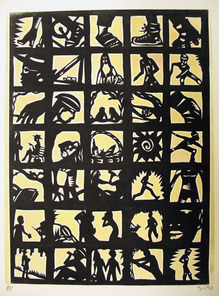
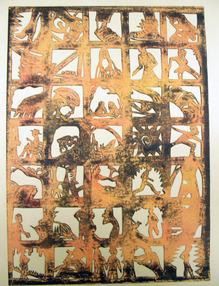

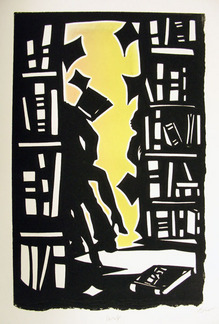
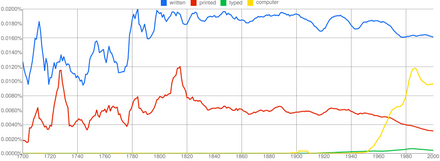
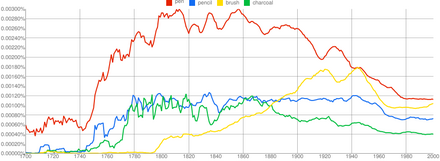
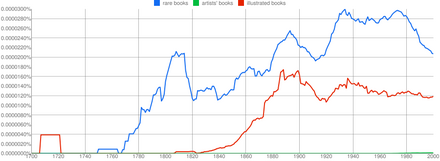
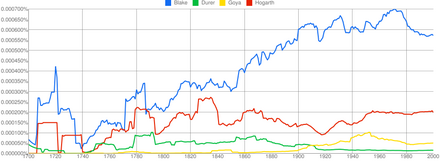

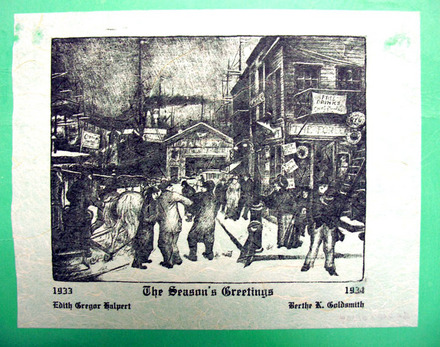
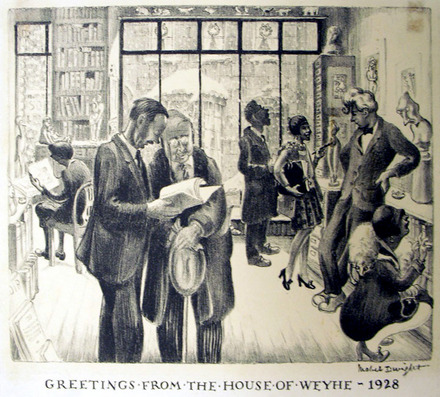

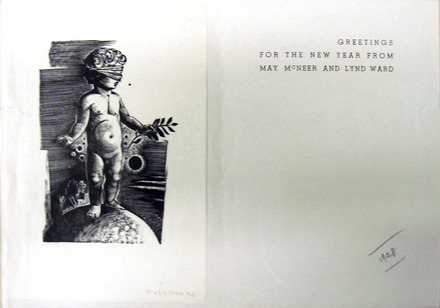
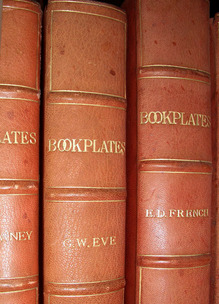
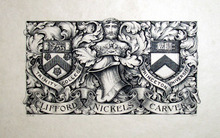
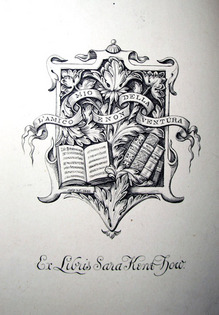

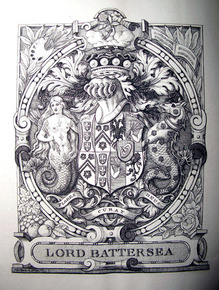

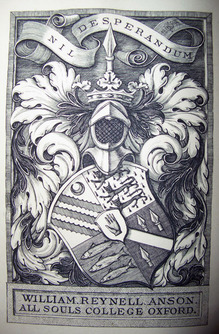
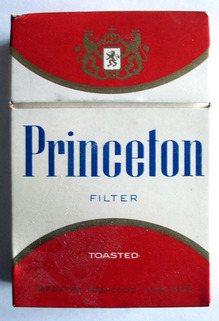
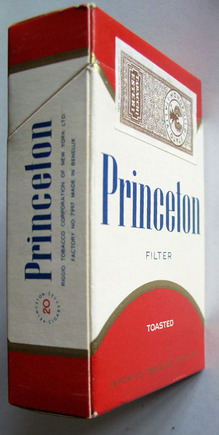
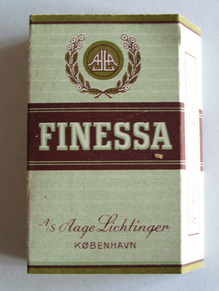
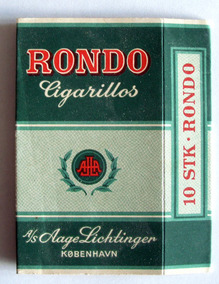
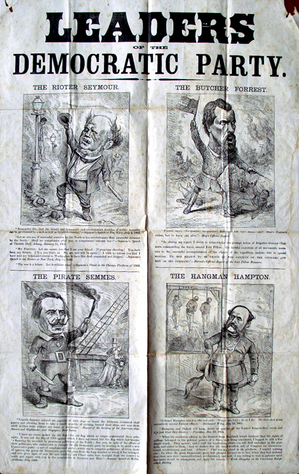



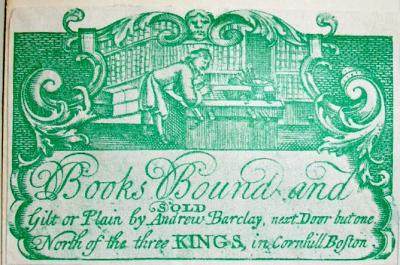
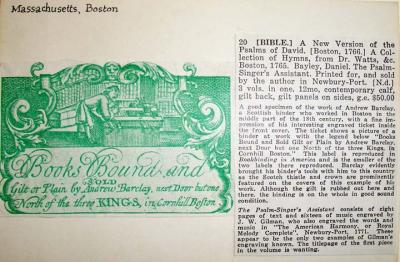
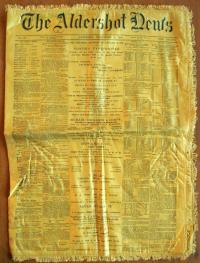
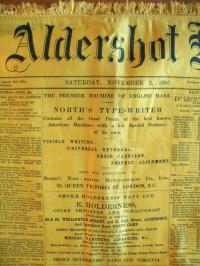
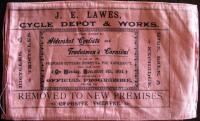

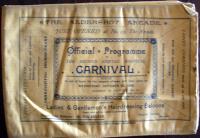

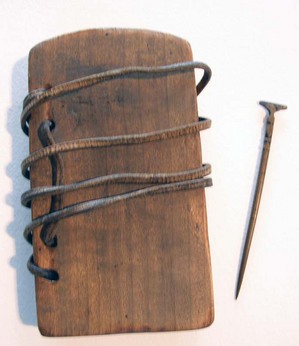
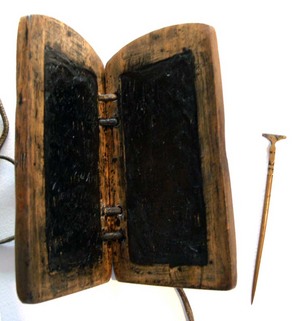
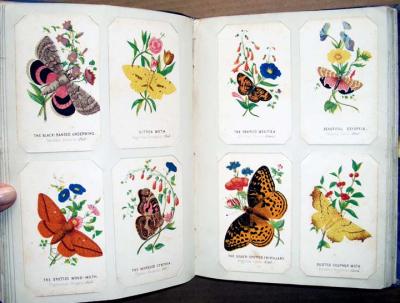
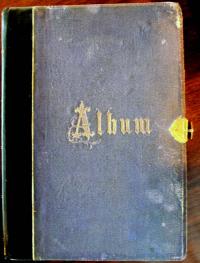




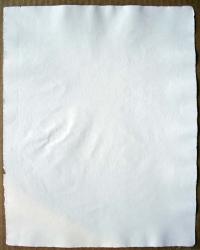


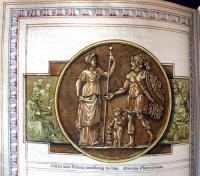
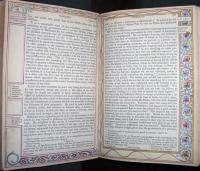


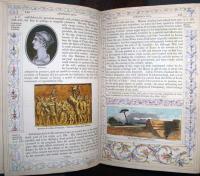
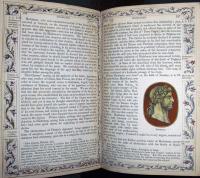
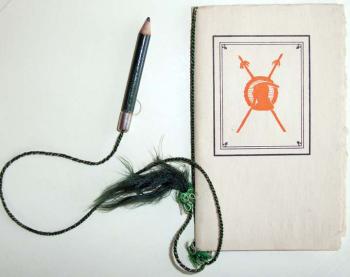
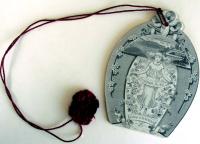
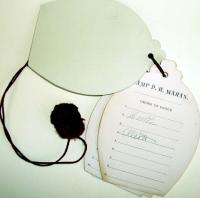
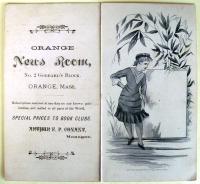
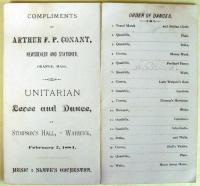

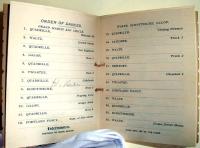
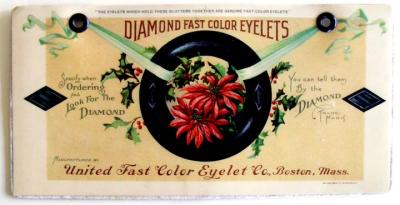
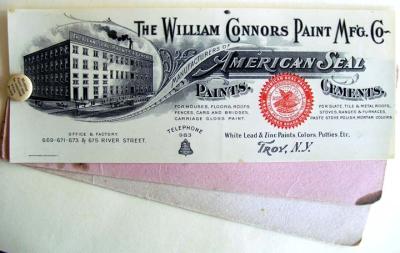
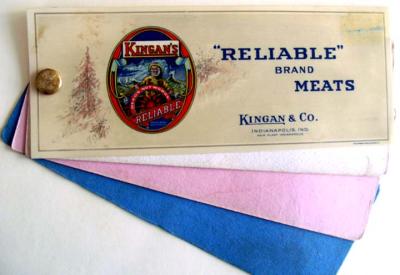
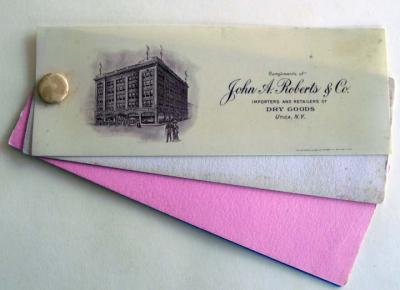

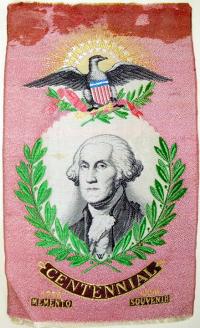



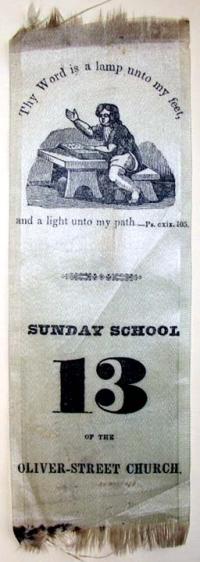
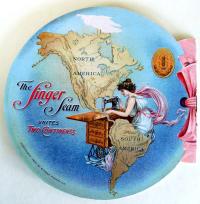
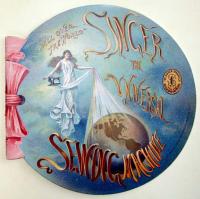

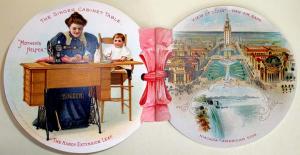



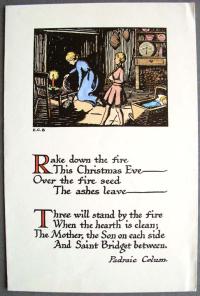
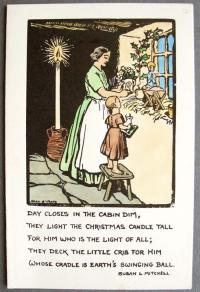
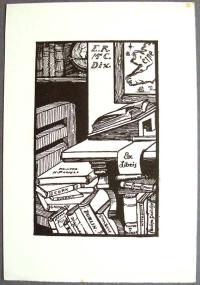
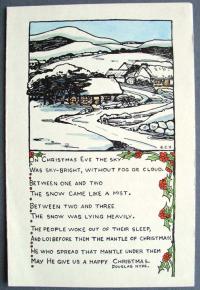
Recent Comments